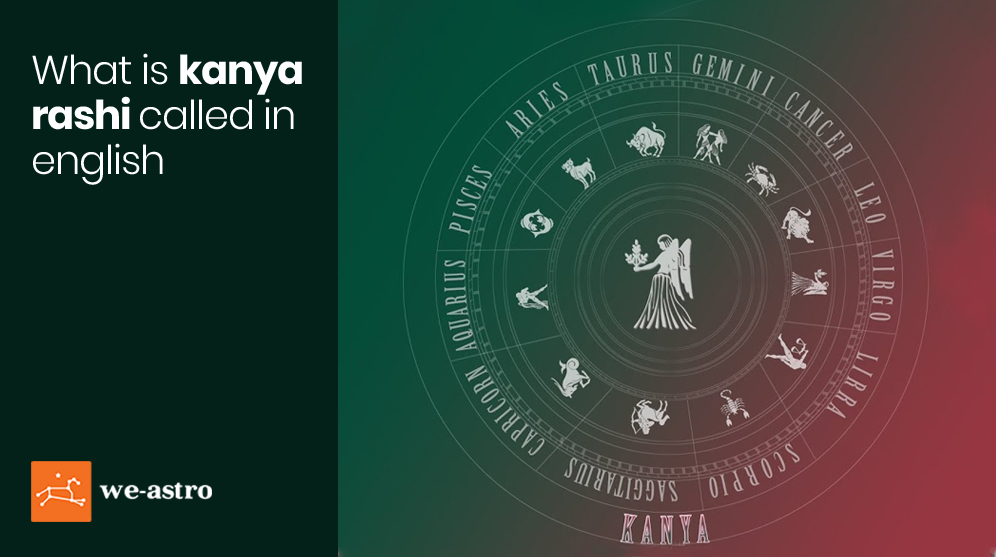Diving into the Cosmic Cycle: A Glimpse into the Intricacies of the Malayalam Calendar
"Explore the Malayalam calendar, an age-old Hindu lunar system marking significant festivals, rituals, and agricultural activities in Kerala, India."

The Malayalam calendar, also known as the Kollavarsham or Kollam Era, is a solar sidereal calendar used in the Kerala region of India. The unique aspect of this calendar is that it reflects the traditions and culture of the people of Kerala, harmoniously blending with the cycles of nature and agricultural activities.
The Malayalam calendar is distinguished by its emphasis on astronomical observations, marking the beginning of the year with the first day of Chingam, usually around mid-August, aligned with the onset of the monsoon season. This alignment with nature's rhythm gives the Malayalam calendar a unique character, where the changes in seasons, weather, and farming activities are reflected in the flow of time.
The calendar is divided into twelve months, each consisting of either 30 or 31 days. The months are named after the zodiac signs in Sanskrit, reflecting the deep-rooted connection of astronomy with Hindu traditions. The days are named after the celestial bodies and the lunar phases, again demonstrating the strong tie between astronomy and time-keeping in Hindu culture.
The Malayalam calendar is not merely a system of timekeeping but is deeply intertwined with Hindu rituals and festivals in Kerala. For instance, the festival of Onam, the harvest festival of Kerala, falls in the Malayalam month of Chingam. The calendar also guides the dates for other important Hindu rituals and ceremonies such as marriages, naming ceremonies, and housewarming functions.
In conclusion, the Malayalam calendar is a unique embodiment of Kerala's cultural, agricultural, and astronomical traditions. It is not just a tool for marking days and months but a way of life that aligns with the rhythms of nature and the cultural practices of the region.




